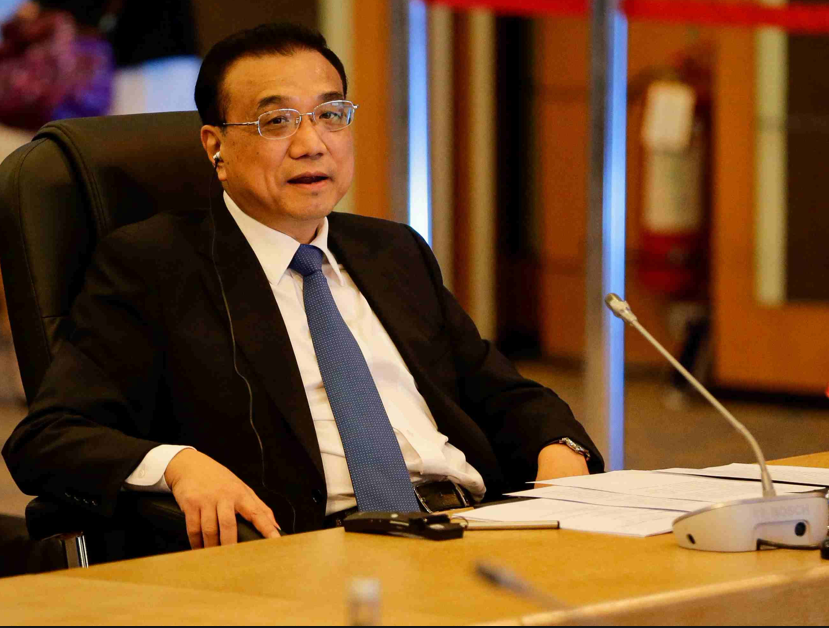
Chinese Premier Li Keqiang is set to co-chair the second Lancang-Mekong Cooperation (LMC) Leaders' meeting with his Cambodian counterpart on Wednesday in Phnom Penh, capital of Cambodia, a crucial event for the six LMC countries toward building a community of shared future for the sub-region, Chinese experts said on Tuesday.
Initiated by China in 2015, LMC consists of six countries - China, Cambodia, Myanmar, Laos, Thailand and Vietnam. The first of the biennial leaders' meeting took place in March 2016 in South China's Hainan Province.
Unlike the Western-dominated economic system which only exploits resources and cheap labor in the region, China, with its sincere political will, is helping neighboring nations overcome their bottleneck problems, such as the shortage of infrastructure and poverty, to which the West chose to turn a deaf ear, said Wang Yuzhu, a research fellow at the Chinese Academy of Social Sciences' National Institute of International Strategy, a government think tank.
Wang told the Global Times on Tuesday that China has high expectations for the LMC cooperation, as it will not only serve as an example of China's vision of a community of shared future and common development, but also will inject new impetus into Sino-ASEAN relations in the post-South China Sea dispute era.
Sok Siphana, an adviser to the Cambodian government, said the leaders will adopt a Phnom Penh Declaration and a five-year action plan for the six countries to continue their cooperation, the Xinhua News Agency reported on Tuesday.
The Lancang-Mekong region has long been troubled by non-traditional security issues, including drug trafficking and human smuggling, which have threatened the stability and security of Southwest China and countries along the river, Zhuang Guotu, head of Xiamen University's Southeast Asian Studies Center, told the Global Times.
Originating from the Qinghai-Tibet Plateau in southwest China, the river is called the Lancang River in China and the Mekong River in the sub-region, as it flows through Myanmar, Laos, Thailand, Cambodia and Vietnam, before emptying into the sea.
China is determined to clear out these unstable factors for the security of the sub-region as part of its efforts to create a community of shared future. The river path itself is also crucial for China's Belt and Road initiative as it links the Bangladesh-China-India-Myanmar Economic Corridor, Zhuang said.
The LMC focuses on political-security cooperation, economic cooperation, and socio-cultural cooperation, and five priority areas of cooperation, the Xinhua News Agency reported.


